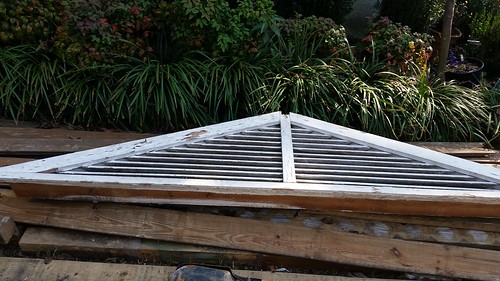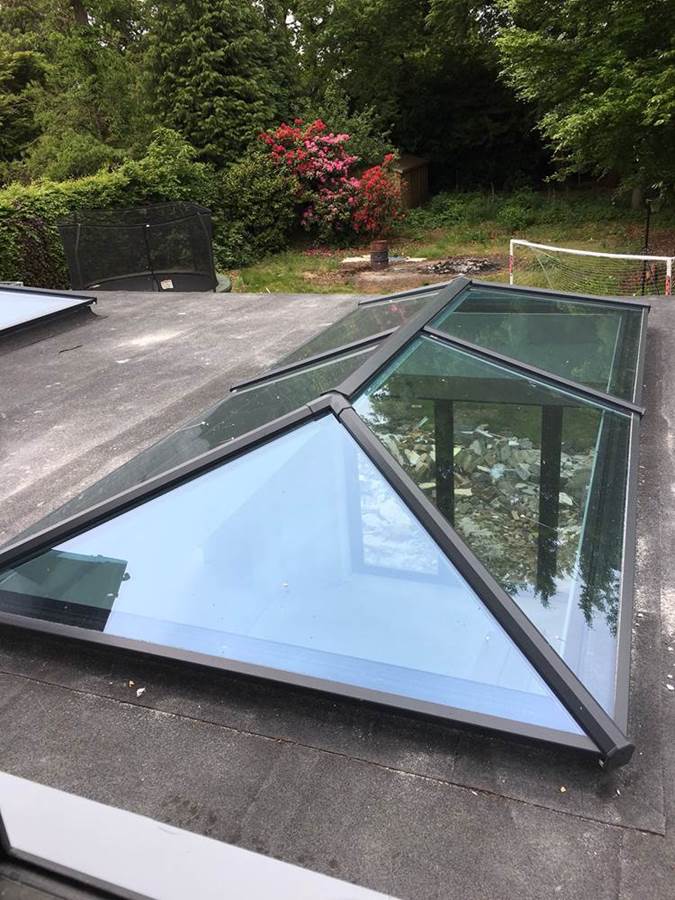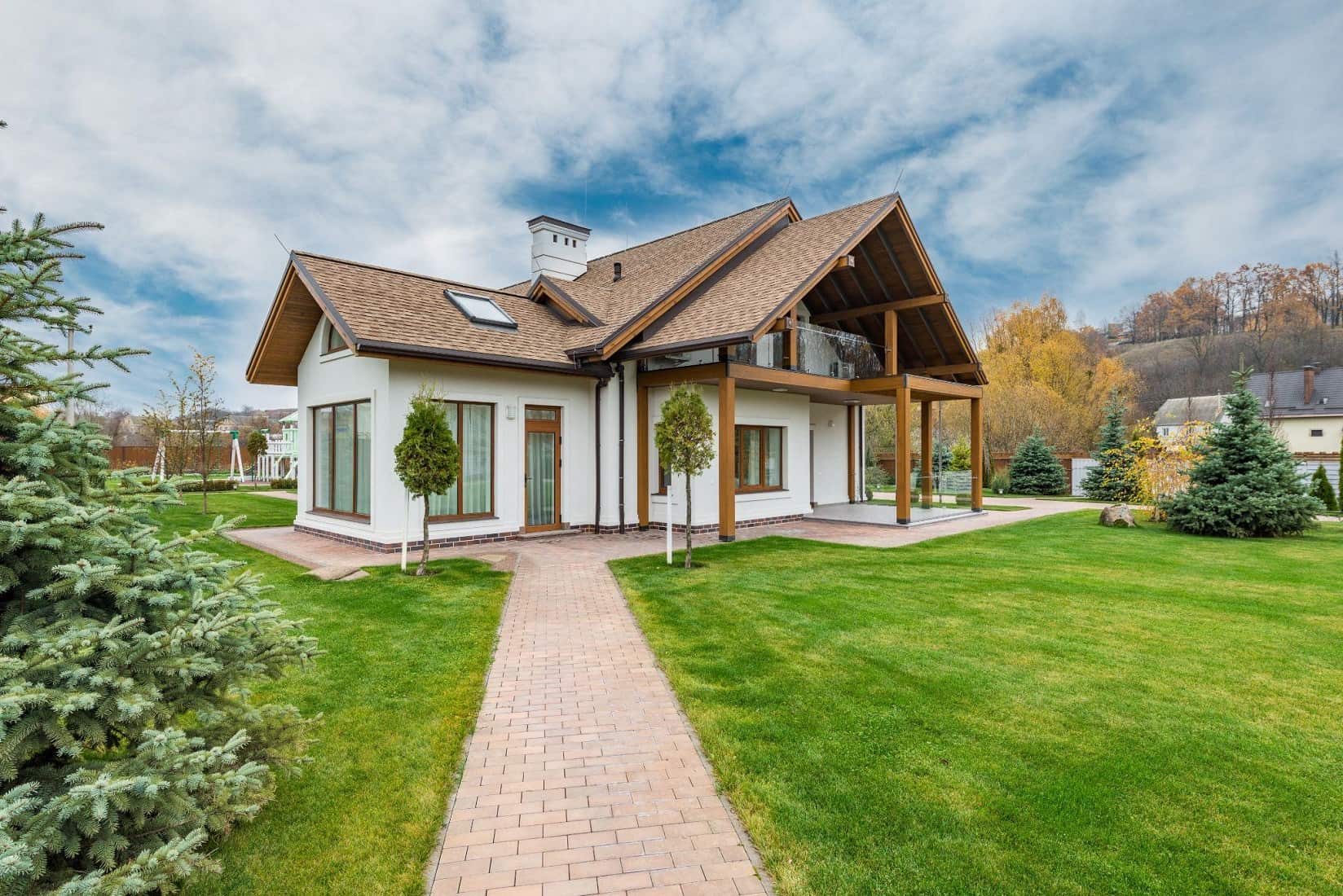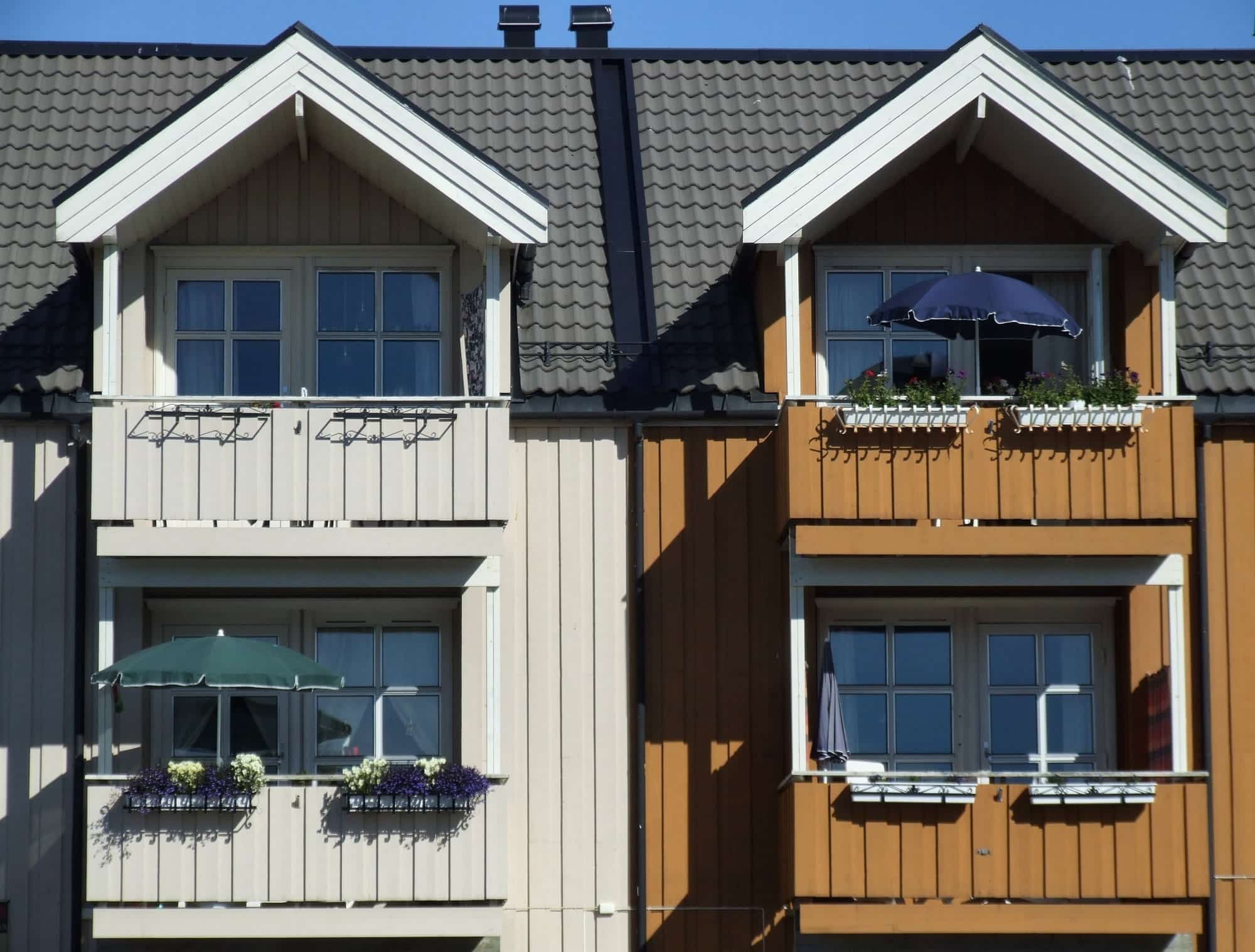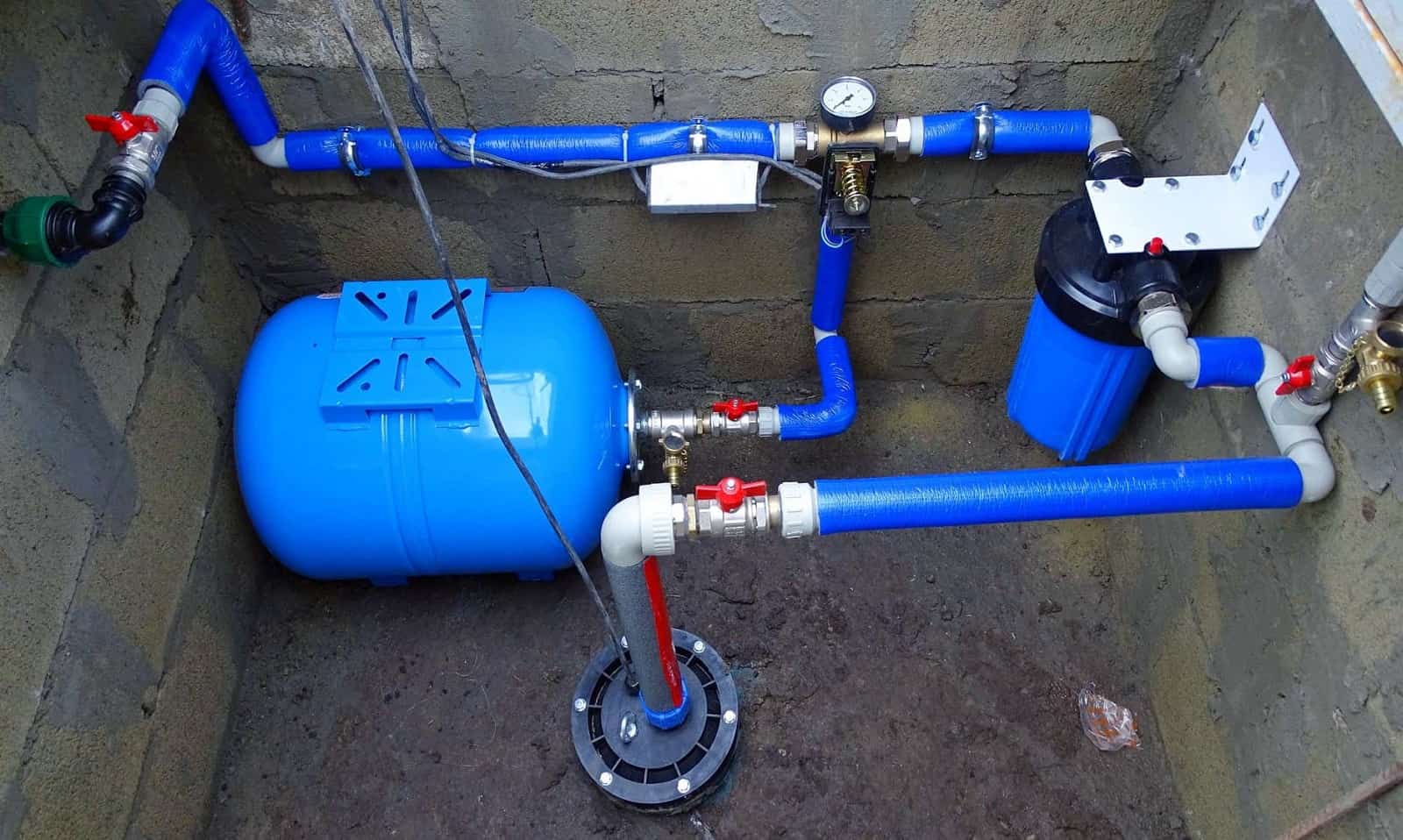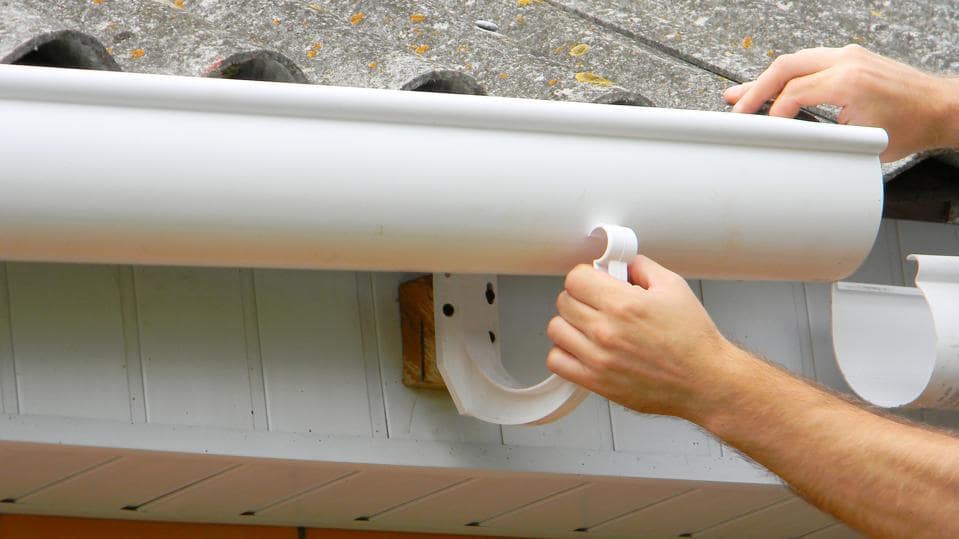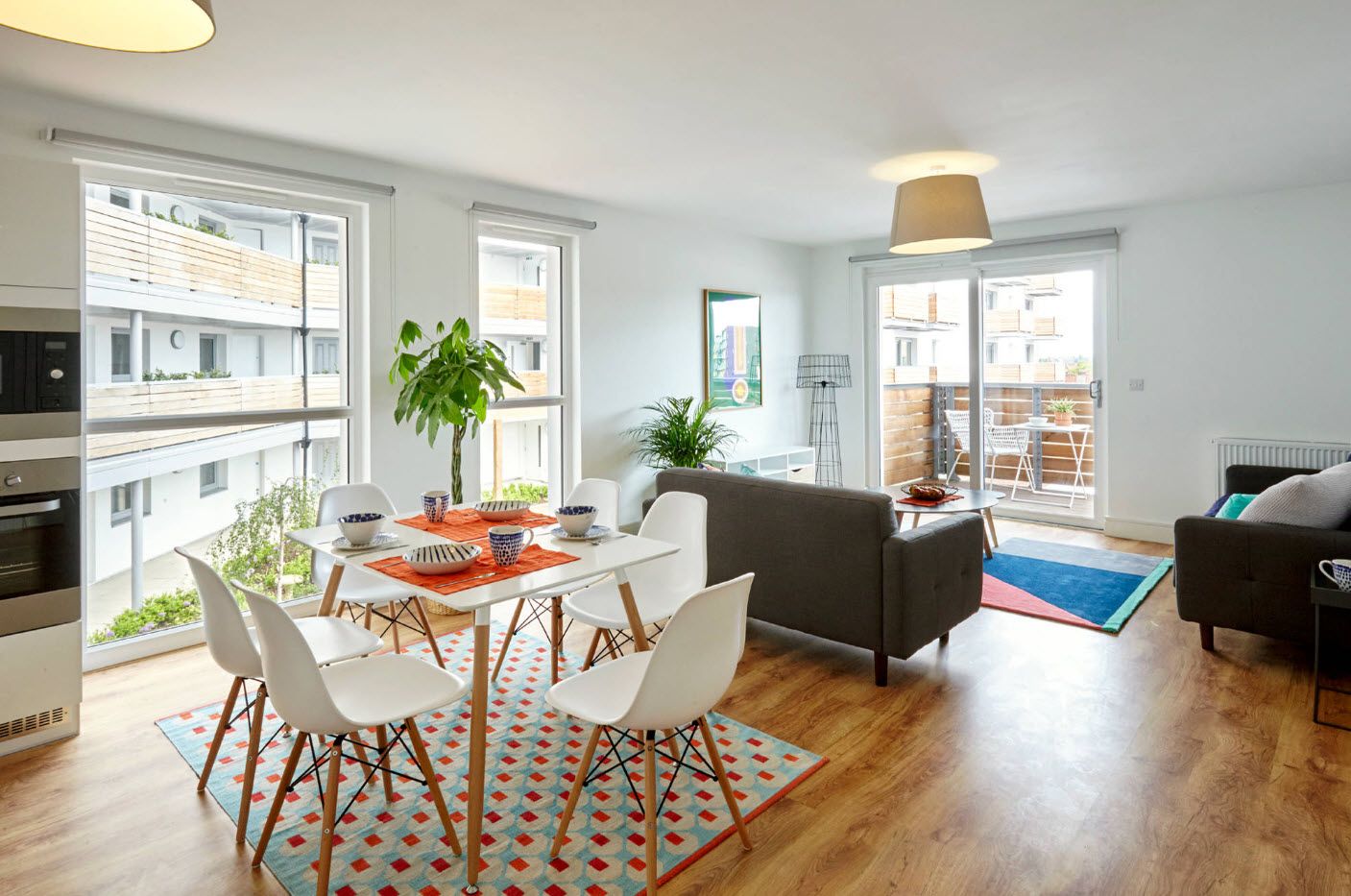Comfort in your home depends on many factors. The right type of furniture and appliances can keep you happy and satisfied. The same is true for your home’s indoor air quality, which affects your mood and health. You can maintain good indoor air quality if you maximize the airflow within your home. Discover some of the following home design tips to help you out.
Install Attic Vents
Your attic is one location in your home which can contain stale air, resulting in poor air circulation. Rising hot air enters the attic where it settles if no suitable channel exists for its escape. An attic vent, also known as a gable vent, will solve this problem. A gable vent is triangular and is placed on both sides of an attic, near the peak of the roof to facilitate airflow in and out of the house.
You can also install a soffit vent, which is placed below the roof deck for the same purpose. Another option is a ridge vent, which is not as wide as a gable but is also placed along the length of the peak of a roof.
Reposition Ventilation Ducts
The length of your ventilation ducts is important to improving air circulation inside your home. For starters, install ventilation ducts in warm rooms to transfer the warm air outside and replace it with cool air. Ideal locations for these air ducts include wall partitions, intermediate floors, and enclosures. Moreover, also consider the location of outdoor ducts. Placing them on the cooler side of the house will ensure the transfer of cool air into the house during the warmer months of the year, an arrangement which can boost your home’s energy efficiency.
Eliminate Doorsteps
Believe it or not, doorsteps interrupt the path of airflow into your home. Think of doorsteps as obstacles to this path. When cool air reaches the obstacle, it must find an alternative route. If removing the doorsteps is impossible, you can install vents in the doors or walls. These openings provide an alternate pathway for warm air to leave and cool air to enter your home.
Place Houseplants Indoors
Placing houseplants in various rooms is a natural way to purify the air. Houseplants absorb carbon dioxide and release oxygen, a process which keeps your indoor air cool and clean. The plants themselves also absorb other harmful chemicals such as cleaning aerosols, cooking fumes, and other VOCs released from furniture, floor finishings such as carpets and rugs, and paint. Examples of plants that thrive indoors include ferns, peace lilies, cacti, and bamboo palms.
Create an Outdoor Laundry Area
Placing wet laundry inside your home will release moisture into the air and restrict airflow. If you’d like to protect your clothes from the elements, create a shaded area, with at least one side completely exposed to the outdoors, where you can place clothes to dry. Apply this rule to other wet items that you can bring into your home as either damp or wet, such as umbrellas, shoes, gym clothes, and more.
Follow the tips above to keep air circulating around your home effectively.

